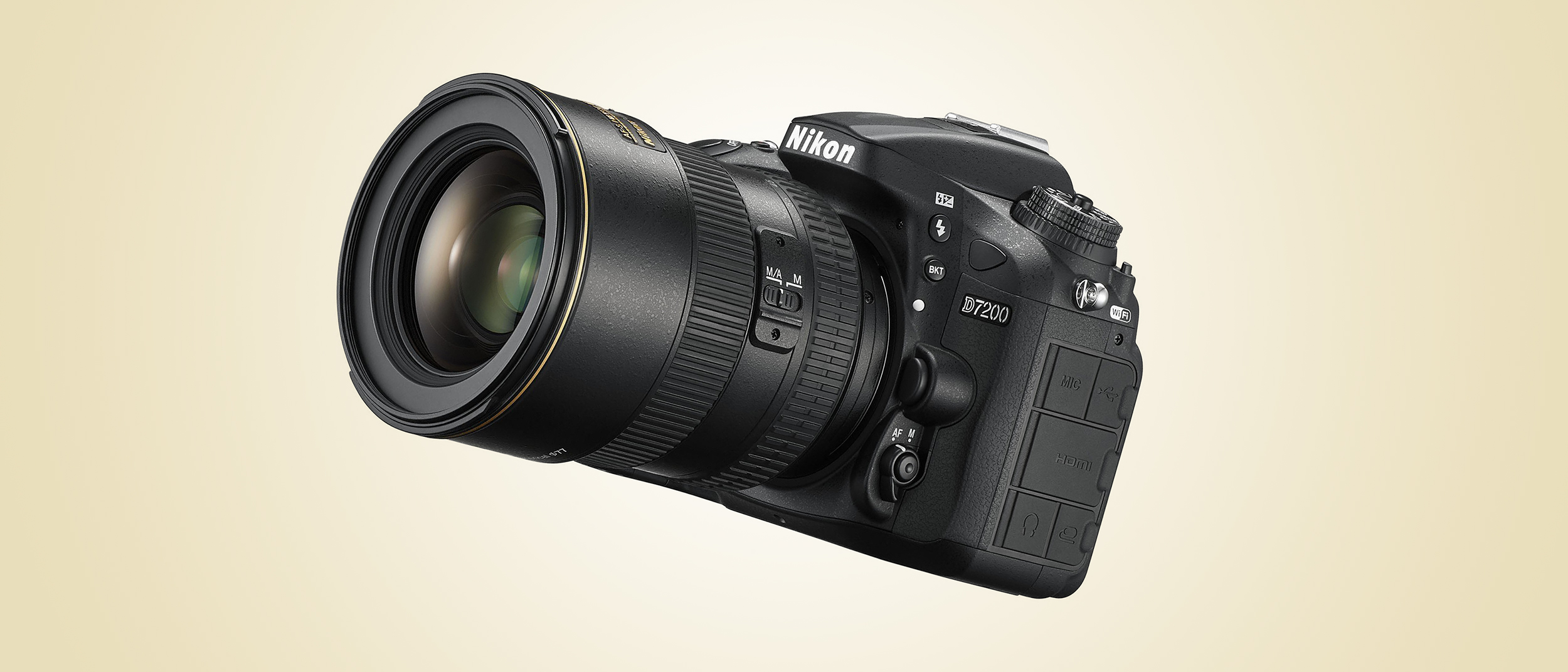Why you can trust TechRadar
Performance
- 6fps burst shooting (7fps with 1.3x crop-mode)
- Up to a 100 frame buffer (JPEG)
- 1100-shot battery life
The Matrix (all-purpose) metering system delivers well-exposed images in the majority of conditions, and it even copes well with some high contrast scenes.
The automatic white balance system also copes well with different lighting conditions too, and is pretty much faultless in daylight or cloudy conditions. Under artificial lighting, it delivers slightly warm results, so for maximum accuracy we'd recommend switching to a more appropriate WB setting (such as Tungsten), or taking a custom white balance setting.

As already mentioned, the camera's burst depth is much improved over the D7100. Whereas its predecessor was only capable of capturing a couple of seconds' worth of JPEGs before the buffer became full, the D7200's EXPEED 4 processor facilitates much better performance. Shooting in Fine JPEG-only quality mode, you can capture around 50 shots before the buffer fills, which equals to around 9 seconds of shooting time, giving you plenty of opportunities to catch the action. If you need more flexible RAW images, shooting at 14-bit quality gives you roughly 2-3 seconds shooting time, or 4-5 seconds at the lower quality 12-bit setting.
Nikon has also managed to improve the already impressive battery life, which is increased from 950 shots (CIPA standard) to 1,100 shots - or 80 minutes of video recording.
Image quality
- ISO100-25,600
- No low-pass filter
- Pleasing Picture Effects
We've seen the 24.2-million pixel sensor and Expeed 4 processor combination before in the D5500, and know it to be a great partnership. So I was expecting pretty good things from the D7200 – and I wasn't disappointed.
Like the D7100 before it, this camera is aimed at enthusiast photographers who are likely to want to shoot all manner of different subjects, so it needs to be an all-rounder capable of dealing with different handling demands and shooting conditions.

Looking at JPEG images directly from the camera, colours have a nice level of vibrancy, with a bright but natural appearance. In good light the colours are vivid and bold, but even under less than optimal lighting conditions they still exhibit attractive warmth and saturation.

Detail is also very well resolved, with virtually no smoothing visible in images shot at lower sensitivities (such as ISO 100 or 200) when viewed at 100 per cent magnification
Detail continues to be resolved well throughout the sensitivity range, and even at ISO 12,800 or 25,600 you can still see a reasonable amount of detail (again, looking at JPEG images). Even the monochrome only, JPEG-only setting of Hi1 is usable, and the grain which is present arguably adds to the "feel" of a black-and-white shot.

To process the D7200's RAW images you'll need to use the software supplied with the camera or download Nikon's free Capture NX-D software from its website – at the time of writing Adobe Camera Raw hasn't been updated to be compatible with the camera. Looking at the RAW images it's obvious a fair amount of noise reduction is being applied to JPEGs in-camera, and you have plenty of scope to apply tailored noise reduction to your RAWs, balancing out noise removal and detail retention.


Current page: Performance and image quality
Prev Page Build, handling and AF Next Page Verdict and competitionPhil Hall is an experienced writer and editor having worked on some of the largest photography magazines in the UK, and now edit the photography channel of TechRadar, the UK's biggest tech website and one of the largest in the world. He has also worked on numerous commercial projects, including working with manufacturers like Nikon and Fujifilm on bespoke printed and online camera guides, as well as writing technique blogs and copy for the John Lewis Technology guide.

